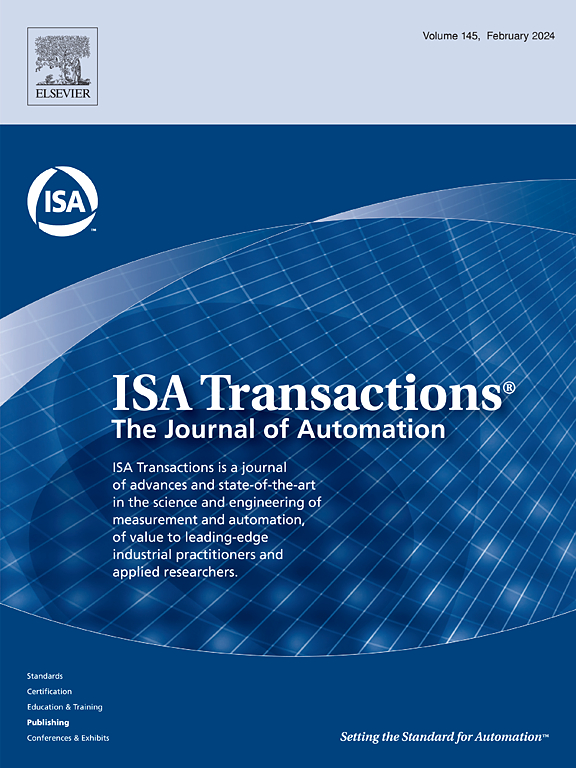Optimal state-flipped control and learning for synchronization of probabilistic Boolean networks
IF 6.5
2区 计算机科学
Q1 AUTOMATION & CONTROL SYSTEMS
引用次数: 0
Abstract
This paper studies the synchronization with probability in Probabilistic Boolean Networks (PBNs) by combining optimal state-flipped control and Q-learning. Within the framework of the Semi-Tensor Product (STP), the synchronization problem is transformed into a set stabilization problem, and the verification criteria are proposed to achieve synchronization. To improve computational efficiency, a reachable set criterion based on state-flipping is introduced, leading to the development of an algorithm for identifying optimal flipping sequences. For large-scale PBNs, a two-step Q-learning-based optimization strategy is proposed: the first step generates the Q-table, and the second step enumerates all optimal state-flipping sequences that reach the synchronization set, thus reducing the computational complexity of the synchronization problem for large-scale PBNs. Finally, numerical simulations demonstrate the effectiveness and practicality of the proposed methods.
概率布尔网络同步的最优状态翻转控制与学习。
将最优状态翻转控制与q -学习相结合,研究了概率布尔网络中概率为1的同步问题。在半张量积(STP)框架下,将同步问题转化为集镇定问题,提出了实现同步的验证准则。为了提高计算效率,引入了一种基于状态翻转的可达集准则,从而发展了一种识别最优翻转序列的算法。针对大规模pbn,提出了一种基于q学习的两步优化策略:第一步生成q表,第二步枚举所有达到同步集的最优状态翻转序列,从而降低了大规模pbn同步问题的计算复杂度。最后,通过数值仿真验证了所提方法的有效性和实用性。
本文章由计算机程序翻译,如有差异,请以英文原文为准。
求助全文
约1分钟内获得全文
求助全文
来源期刊

ISA transactions
工程技术-工程:综合
CiteScore
11.70
自引率
12.30%
发文量
824
审稿时长
4.4 months
期刊介绍:
ISA Transactions serves as a platform for showcasing advancements in measurement and automation, catering to both industrial practitioners and applied researchers. It covers a wide array of topics within measurement, including sensors, signal processing, data analysis, and fault detection, supported by techniques such as artificial intelligence and communication systems. Automation topics encompass control strategies, modelling, system reliability, and maintenance, alongside optimization and human-machine interaction. The journal targets research and development professionals in control systems, process instrumentation, and automation from academia and industry.
 求助内容:
求助内容: 应助结果提醒方式:
应助结果提醒方式:


